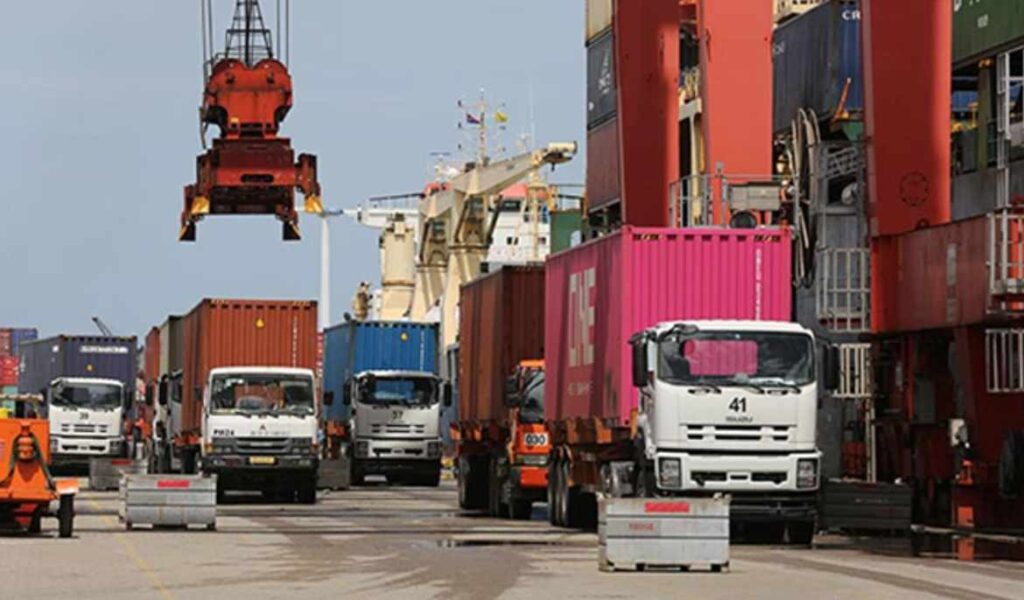Cambodia’s trade with the Regional Comprehensive Economic Partnership (RCEP) member countries reached $12.92 billion in the first four months of 2025, a 15.4 per cent increase from $11.19 billion over the same period last year, according to an official report released on Friday.
The kingdom’s exports to RCEP member countries were valued at $3.61 billion during the January-April period this year, up over 7 per cent from $3.36 billion during the same period last year, according to the General Department of Customs and Excise’s report.
Meanwhile, the country’s imports from RCEP member countries totalled $9.31 billion, up 18.9 per cent from $7.83 billion, the report added.
Cambodia’s top five trading partners under the RCEP are China, Vietnam, Thailand, Japan, and Indonesia.
Entered into force in 2022, the RCEP comprises 15 Asia-Pacific countries, including 10 ASEAN member states—Brunei, Cambodia, Indonesia, Laos, Malaysia, Myanmar, the Philippines, Singapore, Thailand, and Vietnam—and their five trading partners: China, Japan, South Korea, Australia, and New Zealand.
Cambodian Ministry of Commerce Secretary of State and Spokesperson Penn Sovicheat said that RCEP has played a crucial role in boosting global trade amid the United States’ tariff hikes.
“The RCEP is a catalyst for long-term export growth and a magnet to attract more foreign direct investment to Cambodia,” he told Xinhua.
“With preferential tariffs provided under the RCEP agreement, Cambodia’s exports to other RCEP members will continue to rise this year and beyond, undoubtedly,” he added.
Kin Phea, Director General of the International Relations Institute of Cambodia, a think tank under the Royal Academy of Cambodia, said the world’s most significant trade pact has been playing a greater role in boosting global trade amid U.S. trade protectionism.
“Against this backdrop, RCEP has become a stabilizing force, fostering economic integration across the Asia-Pacific,” he told Xinhua.
“While the U.S. has increased import tariffs even on its allies, RCEP eliminates 90 percent of intra-regional duties while standardizing customs and e-commerce rules,” Phea added. Xinhua



